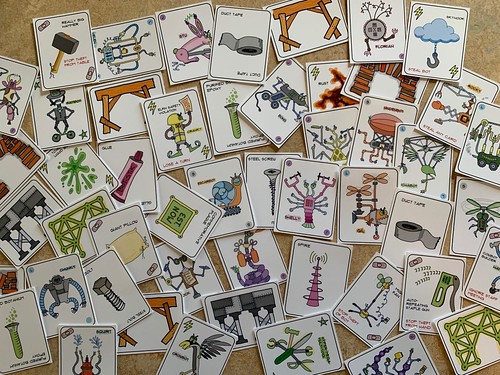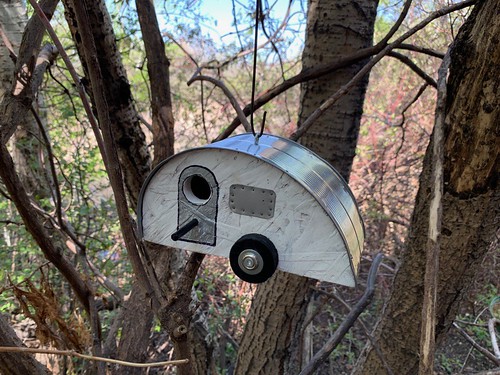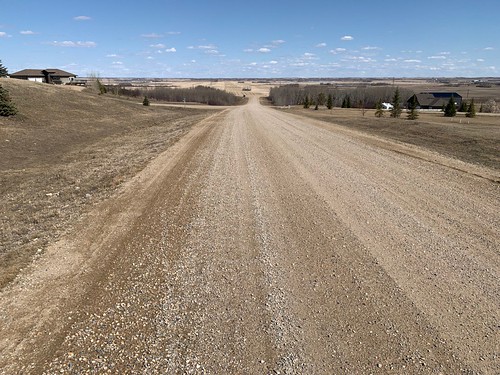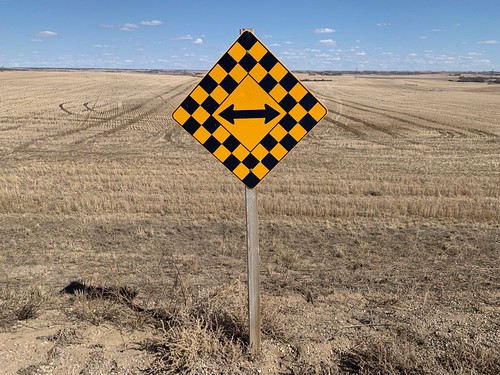It’s been two months since I left London, which seems simultaneously aeons and also the mere blink of an eye. I won’t bother trying to encapsulate the experience here, or try to express my thoughts on the pandemic, the lockdown and the state of the word in general in the form of interpretive sourdough sculpture or whatever because there is everything to say and yet also there is really nothing to say. So instead I’ll just report that weather is finally properly lovely and warm and things are green and there have been two orioles at the bird feeder recently. ORIOLES!
What have I accomplished in the two months I’ve been here? Well, I’ve drawn more that sixty tiny cartoon robots, and developed a card game revolving around them that is actually kind of playable.
I also drew some other stuff and made a couple actual physical postcards to send to friends. And my cryptic crosswording skills may just be at an all-time high. And I’m one film away from finishing watching the entire Marvel movie franchise, in order. Oh, and the downward dog is… better.
Here are things I haven’t done in lockdown: wrap up the year-end business accounts, banish the email address from my last gig that keeps popping up annoying messages telling me it can’t log in, finish the “Boat Manual” I started ages ago, purge the photos on my computer so the hard drive isn’t bursting at the seams, clean up my online passwords, keep up with the Russian, or make banana bread.
I did, however, make something infinitely better than banana bread. I made buttertarts!
I’ve mentioned butter tarts before, but it bears repeating if only because I know I’ll struggle to get this post up to a normal word count. Butter tarts are individually sized sweet tarts made with short crust pastry and filled with a cooked mixture of butter, sugar, vanilla, egg and raisins. They occupy the same category as treacle tart, tarte au sucre, and shoofly pie, being a sugar/syrup-based filling in shortcrust pastry. Butter tarts are iconically Canadian and were recently celebrated by Canada Post in a set of truly excellent commemorative stamps that also included Saskatoon Berry Pie, Nanaimo bars, Tarts au Sucre and Blueberry Grunt.
So I decided to make butter tarts. They’re actually pretty simple, even more so if you shortcut and use pre-made frozen tart shells, which are obviously not as nice as homemade pastry but clearly still inifintely better than no butter tarts at all. I wanted to make the pastry too because it’s nicer, and I’m not exactly short of time, and because the butter tarts of my childhood have lovely folds in the sides where the round disc of pastry wrinkles to fit into the muffin tin in which they’re baked. And I think the foldy sides are important. As, apparently, does Canada Post, because you can see the type specimen butter tart they used for their stamp is exceptionally foldy.
The locally-favoured pastry recipe I used featured Crisco vegetable shortening instead of butter, which apparently produces a flakier crust. I’m not a pastry expert by any means, and not about to get into the great debate over the right fat to use in pastry. I just went with it. Oh, and the pastry recipe called for in the Robin Hood cookbook is a sweetened one and I think these are actually better with regular unsweetened pastry, since they are not exactly lacking in the sweetness department and the plain pastry sets that off well.
With the pastry shells chilling in the freezer it was on to the filling, which is very simple to make, and even easier if you soften the butter in the microwave instead of bothering with a stovetop melting scenario outlined below.
Also also also note that you definitely want the full 2/3 cup of raisins in this. And don’t even think about coming in here with any of your raisin-hate because it’s my blog and this blog is a place of raisins. Raisins in pie. Raisins in brownies. Raisins in Chicken Salad. Raisins anywhere I damned well want. And especially, emphatically, raisins in butter tarts.
And when I googled around about raisin pie in general, and the prairies + raisin pie filling in particular I came across this post from Facebook that is so perfect I’m including it here. It’s from someone named Wanda (already awesome) to the E.D. Smith pie filling company:
To summarise: Raisins rock. Raisin haters shut up. Moving on.
These went into the hot oven on the bottom rack, as required by Robin Hood himself, normally not one to be trifled with. But here I have to report that Mr. Hood led me wrong and I would recommend the middle rack, because they were very cooked and started to brown excessively after less than ten minutes so I moved them up and cracked open the oven to cool it off some and kind of watched them and hovered, but you could probably avoid that drama by using the middle rack. (Edited to add that it turns out the oven was acting up and was probably 25 degrees too hot so perhaps all the drama was a particularly local phenomenon and maybe you should just pay attention to the King of Thieves after all.) Also note that the filling puffs up a lot when baking but settles right down once the tarts are out of the oven.
Reviews were good too… "excellent raisin to filling ratio, good consistency. I like the sweetness level, good pastry, over all good bake.” Great British Bake Off, here I come.
And just to really stick it to any lingering raisin-haters still hanging about, as a special bonus I include the Robin Hood Prize Winning Recipes offering for Raisin Pie.
What have I accomplished in the two months I’ve been here? Well, I’ve drawn more that sixty tiny cartoon robots, and developed a card game revolving around them that is actually kind of playable.
Prize for anyone who can figure out the gist of the game from this random array of cards...
Also I built a birdhouse. For the discerning wren, looking to get away from it all. No comment on whether this may be a model for my next plan, once the boat starts to feel just a bit too big and expensive. You know, what with the total collapse of the live performance industry and all.
I did, however, make something infinitely better than banana bread. I made buttertarts!
What an outstanding collection. I’ve never had Blueberry Grunt but all the rest of those are absolute keepers.
Though I must protest at the characterisation of butter tarts as “Ontario-based”. I mean sure, they had to give the prairies the Saskatoon Pie, but really?
Thus the famed Robin Hood Prize Winning Recipes cookbook was unearthed.
(Published in Moose Jaw, Saskatchewan in 1947.)
(Published in Moose Jaw, Saskatchewan in 1947.)
Though I must register my deep disappointment that the Beehive Syrup people have abandoned the iconic yellow beehive-shaped bottle of my childhood in favour of the insipid and utterly uninspired offering shown in the photo above. Shame on you! Shame!
Pleasingly, the pastry did make somewhat foldy sides when it went into the tray.
The Robin Hood butter tart recipe. Surprisingly little butter for a recipe that has butter right in the name. I don’t know why they’re called that so don’t bother asking. (Also note that the bit about using one egg or two lets you produce a more liquidy oozy filling with just one egg, or a more structural, set filling with two. I went for two and I have no regrets. The flavour is the same, and they’re just easier to eat.) (Also also note that UK-based Astute Go Stay Work Play Live Readers lacking the correct locally sourced Beehive Syrup could probably substitute golden syrup with acceptable results.)
And when I googled around about raisin pie in general, and the prairies + raisin pie filling in particular I came across this post from Facebook that is so perfect I’m including it here. It’s from someone named Wanda (already awesome) to the E.D. Smith pie filling company:
"Hi, I’m wondering why we cannot get the raisin pie filling anymore? We used to buy in the big pails to make pies for our local curling rink kitchen and it’s no longer available in Saskatchewan, Canada. We can’t even get the tins.”So so sooooooo prairie. She can’t get enormous vats of canned raisin pie filling to make pies for the local curling rink. Because, tragically, E.D. Smith no longer make raisin pie filling AT ALL. I feel your pain Wanda. Stay strong!
To summarise: Raisins rock. Raisin haters shut up. Moving on.
The filling mixture. Note I didn’t bother with the “beaten just sufficiently to combine” business. I just dropped the eggs in and whomped the bejesus out of it and it was all fine.
Spoon the whomped up filling into the unbaked tart shells, being careful to get the raisins relatively evenly distributed. Do not hesitate to add raisins where lacking.
Butter tarts cooling on the porch. As you might note, the pastry was perhaps excessively flaky, which is an unusual thing to complain about in pastry. However in a handheld individual tart I feel like a bit more structural integrity might be helpful.
Flakiness aside, the butter tarts were a hit, and even better on the second day, and third. And lots of them had the requisite foldy sides. And it goes without saying that these are really really good with coffee.
And just to really stick it to any lingering raisin-haters still hanging about, as a special bonus I include the Robin Hood Prize Winning Recipes offering for Raisin Pie.
“Good pastry is an accomplishment that brings more happiness to the world than the ability to sing a high C or fell the Sheriff of Nottingham’s deputies with a single arrow loosed from a stout English longbow!” - Robin Hood.


























